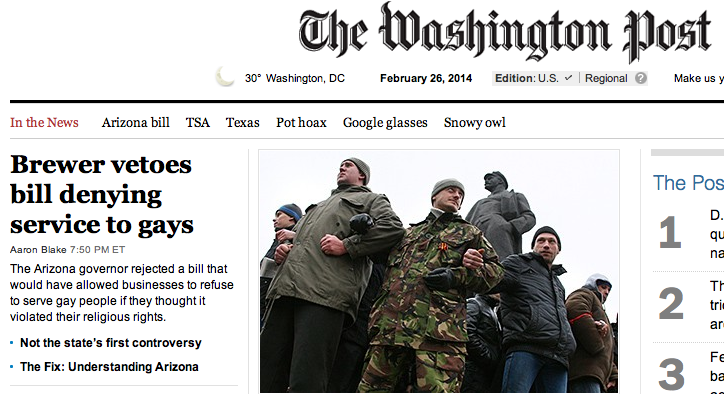In the first unit of my Business Writing class, we discuss the advantages of different communication media, classifying them as lean or rich. A lean medium communicates in one direction, in the simplest way, and is impersonal. A rich medium allows for audience feedback, uses multiple informational cues (such as body language, tone of voice, charts, etc), and is more personal. Face-to-face is the richest medium for communication.
My pedagogy discussion group has been discussing the pros and cons of lecturing. Some people claim it's outdated and boring, that students can get the same information from the web. It's true that some days, it seems like I might as well record what I'm doing. By the third time I give a lecture in a day, I've started running on auto-pilot. Those are the days that I wonder about the usefulness of lecturing.
Then I remember that I'm not being fair to myself. Although I'm performing the same lecture, the audience feedback is slightly different every time. Even if it isn't different, the idea that I could possibly respond to student feedback changes the dynamic.
I just recorded a lecture for tomorrow's class (I'm sick and staying home). I managed to trim a 20-minute explanation of blogging down to 12 minutes by cutting the time for pages to load and some extraneous comments. Watching this lesson, it occurs to me that some students will need to watch it twice. And then they may still be confused. This isn't because of a problem with the lesson, but rather that I'm not there to respond to their questions as they occur.
During my lectures, I watch my students carefully. I watch their body language. How much are they understanding? Where is there a problem? When I see consternation wrinkling someone's brow, I find another way to restate my message. When I see hesitation, I'll ask if an idea is clear and perhaps give a sample application.
This richness is difficult to replicate in an online learning environment. My lectures usually include active learning moments, such as pair-and-share or applications of an idea, but they also involve frequent moments where I check in with my students. Perhaps, then, the lecture isn't on its way out. We're just changing our understanding of it.




